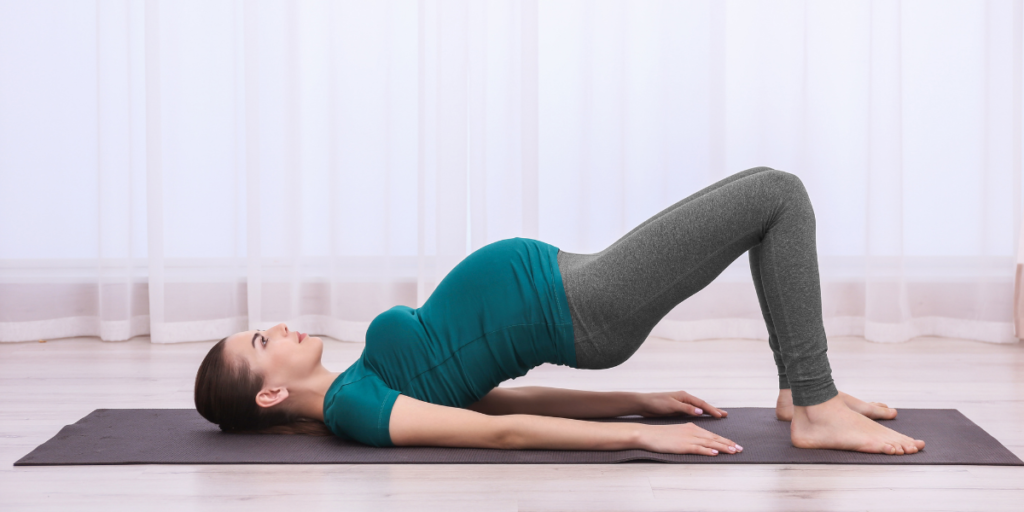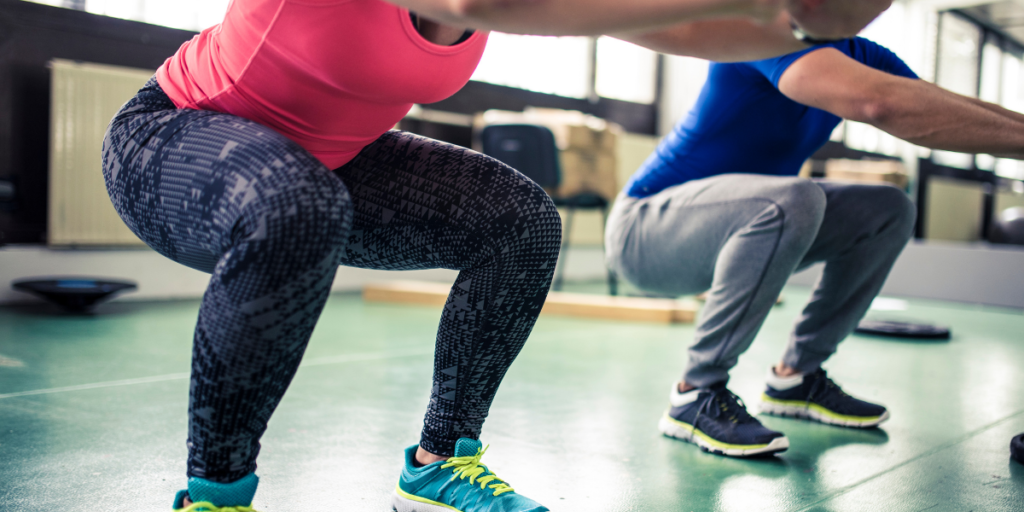Anal fissures, small tears in the lining of the anus, can cause significant discomfort and pain. While medical treatments are available, incorporating specific exercises into your routine can greatly contribute to fissure healing and alleviate discomfort. Here, we explore the top 5 exercises to support the best way to heal anal fissure, providing relief from fissure pain and enhancing overall recovery.

Kegel exercises are highly beneficial for anal fissure natural treatment. These exercises focus on strengthening the pelvic floor muscles, which support the anal area. By improving muscle tone, Kegel exercises can reduce strain on the fissure, aiding in fissure healing.
How to Perform Kegel Exercises:
These exercises help improve blood flow and reduce pressure on the anal area, making them the best exercise for fissure relief.

Incorporating gentle stretching into your routine can significantly benefit anal fissure exercise. Stretches improve flexibility and blood circulation around the anal region, which helps reduce tension and promotes healing.
Recommended Stretches:
These stretches help alleviate fissure pain and enhance overall well-being.

Pelvic floor exercises play a crucial role in strengthening the muscles around the anus, supporting effective anal fissure healing. These exercises help maintain good muscle tone and reduce pressure on the fissure.
How to Perform Pelvic Floor Exercises:
These exercises are effective for both exercise to cure fissure and enhancing fissure healing.

Walking is a low-impact exercise that benefits fissure healing by improving overall circulation and promoting regular bowel movements. Regular walking helps reduce inflammation and discomfort associated with anal fissures.
How to Incorporate Walking:
Walking supports anal fissure natural treatment and can complement other therapeutic approaches.

Squats are beneficial for strengthening the lower body muscles and enhancing blood flow to the anal region. They help support the pelvic floor and reduce discomfort associated with anal fissures.
How to Perform Squats:
Squats are considered one of the best exercises for fissure relief due to their effectiveness in improving muscle strength and circulation.
In addition to these exercises, adopting a comprehensive approach to managing anal fissures is essential. Maintaining a high-fiber diet, staying hydrated, and practicing proper hygiene contribute significantly to anal fissure natural treatment. Exercise for fissure pain, such as those listed above, can be highly effective, but it’s also crucial to avoid excessive strain during bowel movements and use topical treatments. These combined efforts can further enhance the effectiveness of your exercise routine and support overall healing.
While these exercises can support fissure relief, it’s important to consult with a healthcare professional for a tailored treatment plan. If you experience persistent symptoms or require advanced care, seek advice from the best doctor for fissure treatment in Delhi. Dr. S.K. Singh, one of the best fissure doctors in Delhi, is renowned for his expertise in non-surgical treatments and comprehensive care. With extensive experience, Dr. Singh offers effective solutions for managing anal fissures and ensuring optimal recovery.
Incorporating these top 5 exercises into your routine can significantly contribute to fissure healing and alleviate fissure pain. By focusing on Kegel exercises, gentle stretching, pelvic floor exercises, walking, and squats, you can enhance your recovery process and improve overall well-being. For personalized care and expert guidance, consider consulting Dr. S.K. Singh, a leading fissure specialist in Delhi, who specializes in anal fissure natural treatment and non-surgical options.
Addressing fissure symptoms with a holistic approach ensures comprehensive recovery and a better quality of life. Make sure to integrate these exercises with other recommended treatments and seek professional advice for the best outcomes.
Read More: Experience Holistic Healing the Power of Panchakarma Therapy
Disclaimer: Individual results may vary. The statements on this website and all affiliates have not been evaluated by the FDA. Advice on treatment or care of an individual patient should be obtained through consultation with a physician.
*Multicentric Randomized controlled clinical trial of Ksharsutra (Ayurvedic medicated thread) in the management of Fistula-in-Ano; Indian J Med Res (B) 94, June 1991, pp 177-185